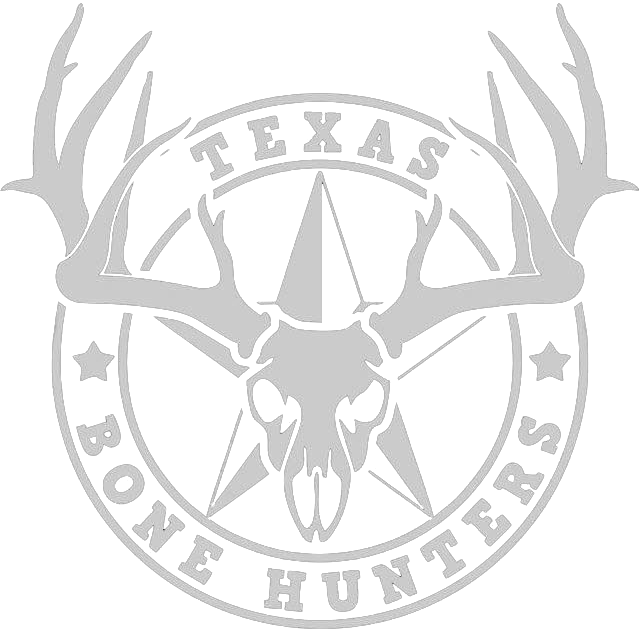There are many species of deer that inhabit land all over the world except for Antarctica and Australia. The most popular deer breed categories are whitetail, elk, mule deer, moose and caribou. All other varieties fall into subcategories of these. The whitetail is the most widely hunted deer in the world. This is due to many factors but a very high population which makes it easy to locate is the primary reason. They are considered small when compared to the other main breeds in the world. Their markings are a brown color with white under their necks and bellies as well as white under its tail which it can flash when upraised to alert others of potential danger when fleeing, hence the name whitetail.
Male whitetail known as bucks have bone called antlers that protrude from the skull in various sizes while female whitetail known as doe do not have antlers. In a few rare instances, bucks have been harvested with no antlers and doe have been harvested with antlers. Bucks drop their antlers every year and regrow new ones. The antlers of a deer are the fastest growing bone known as they can grow one half inch per day. While growing, antlers are covered in a soft living tissue called velvet. The antlers remain extremely delicate and sensitive to touch which is why whitetail bucks seem to shy away from confrontation until their antlers harden. Although bucks understand their antlers are delicate, injuries to antlers are not uncommon during the growing time as bucks attempt to continually show themselves dominant over others.
Antler Development.
There are three main keys to antler development; genetics, age and nutrition. 
Genetics
Genetics are the base for all whitetail bucks antlers as the genes for antler development is passed from generation to generation. This however is also the most difficult aspect to manage for numerous reasons. In the wild we have no way to see the genetic makeup of every deer. We can look at a buck and his antlers and say to ourselves, his genetics are inferior and I want him removed from the gene pool. However consider something. Have you ever seen two siblings who have the same two parents and look nothing like one another? One is muscle bound naturally with athletic capabilities and the other is skinny and lacks all athletic capabilities. Their genetic makeup is the same however they appear different. Likewise in whitetail, unless you have a controlled area (pens), there’s no real way to manage whitetail completely. A buck can carry the genes for huge antlers however never grow a monster rack himself. And with the fact that you never know the genetic makeup of a doe who is contributing to every deers genetics also, it’s that much more difficult to manage whitetail.
Age
A whitetail buck doesn’t fully mature in his body until around age 4.5 and through his antlers until age 6.5 to 7.5. For this reason age is another extremely important contributing factor for antler growth. For antlers to grow like they do, it requires a lot of energy, nutrition and time. However the body of a whitetail also requires a lot of energy, nutrition and time. This is why 165” or more of antler is rarely seen in general and especially rare on bucks under 5.5 years old. The body needs a lot of energy to grow itself and it uses as much as possible first and foremost. Once the body has reached peak maturity, typically by age 4.5, a larger amount of nutrients can go toward antler development. This is why it is not uncommon for a buck to gain 20” or 30” of antler growth from age 4.5 to 5.5. With proper nutrition, this” growth spurt” can be the norm. Most whitetail bucks are harvested at around age 3.5 which is a big reason why there are a low number of giants harvested in proportion to total bucks harvested. If deer hunters would allow bucks to reach their genetic potential, more giants would be harvested each year.
Nutrition
The third and in my opinion the lowest in importance for antler development is nutrition. Whitetails are considered natural browsers. They roam around eating a variety of food stuff allowing them to thrive in virtually any area. Their diet consists of three main food groups: browse, forbs and grasses. While forbs are their preferred source of nutrition, they are not always available which results in them eating more browse like tender twigs and stems that are available year round. Grasses are not a main food source in a whitetail diet however there are grasses they will consume and really enjoy. Hunters attempt to help whitetail through supplemental feeding to boost their nutritional availability for a healthy heard and potentially get that elusive giant because without sufficient nutrition, a whitetail buck with the genetic background to become the world record might be less than average. Mineral wise, calcium and phosphorus are the most abundant minerals in a whitetail Bucks antlers averaging about 22 percent. A hardened whitetail antler is 50 to 60 percent mineral, with the remainder mostly protein. This is why quality nutrition consists of highly digestible protein, quality vitamins and minerals at specific ratios and nutrition that is palatable so it’s appealing to whitetail.

Great info!